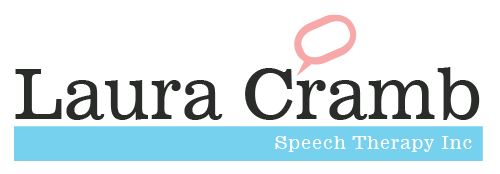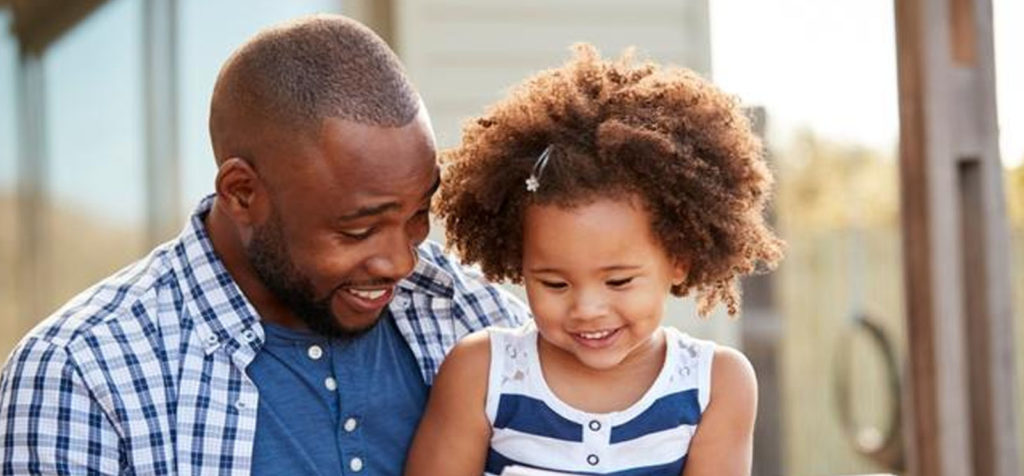Birth to 2 Years
- Say sound like “ma,” “da,” and “ba.” Try to get your baby to say them back to you.
- Look at your baby when he makes sounds. Talk back to him, and say what he says. Pretend to have a conversation.
- Respond when your baby laughs or makes faces. Make the same faces back to her.
- Teach your baby to do what you do, like clapping your hands and playing peek-a-boo.
- Talk to your baby as you give him a bath, feed him, and get him dressed. Talk about what you are doing and where you are going. Tell him who or what you will see.
- Point out colors and shapes.
- Count what you see.
- Use gestures, like waving and pointing.
- Talk about animal sounds. This helps your baby connect the sound and the animal. Use words like “The dog says woof-woof.”
- Add on to what your baby says. When your baby says, “Mama,” say, “Here is Mama. Mama loves you. Where is baby? Here is baby.”
- Read to your child. You don’t have to read every word, but talk about the pictures. Choose books that are sturdy and have large colorful pictures. Ask your child, “What’s this?” and try to get him to point to or name objects.
2 to 4 Years
- Speak clearly to your child. Model good speech.
- Repeat what your child says to show that you understand. Add on to what she says. Use words like, “Want juice? I have juice. I have apple juice. Do you want apple juice?”
- It’s okay to use baby talk sometimes. Be sure to use the adult word too. For example, “It is time for din-din. We will have dinner now.”
- Cut out pictures of favorite or familiar things. Put them into categories, like things to ride on, things to eat, and things to play with. Make silly pictures by mixing and matching pictures. Glue a picture of a dog behind the wheel of a car. Talk about what is wrong with the picture and ways to “fix” it.
- Help your child understand and ask questions. Play the yes–no game. Ask questions such as, “Are you Marty?” and “Can a pig fly?” Have your child make up questions and try to fool you.
- Ask questions that include a choice. “Do you want an apple or an orange?” “Do you want to wear your red shirt or your blue shirt?”
- Help your child learn new words. Name body parts, and talk about what you do with them. “This is my nose. I can smell flowers, brownies, and soap.”
- Sing simple songs, and say nursery rhymes. This helps your child learn the rhythm of speech.
- Place familiar objects in a box. Have your child take one out and tell you its name and how to use it. “This is my ball. I bounce it. I play with it.”
- Show pictures of familiar people and places. Talk about who they are and what happened. Try making up new stories.
4 to 6 Years
- Pay attention when your child talks to you.
- Get your child’s attention before you talk.
- Praise your child when she tells you something. Show that you understand her words.
- Pause after speaking. This gives your child a chance to respond.
- Keep helping your child learn new words. Say a new word, and tell him what it means, or use it in a way that helps him understand. For example, you can use the word “vehicle” instead of “car.” You can say, “I think I will drive the vehicle to the store. I am too tired to walk.”
- Talk about where things are, using words like “first,” “middle,” and “last” or “right” and “left.” Talk about opposites like “up” and “down” or “on” and “off.”
- Have your child guess what you describe. Say, “We use it to sweep the floor,” and have her find the broom. Say, “It is cold, sweet, and good for dessert. I like strawberry” so she can guess “ice cream.”
- Work on groups of items, or categories. Find the thing that does not belong in a group. For example, “A shoe does not go with an apple and an orange because you can’t eat it. It is not round. It is not a fruit.”
- Help your child follow two- and three-step directions. Use words like, “Go to your room, and bring me your book.”
- Ask your child to give directions. Follow his directions as he tells you how to build a tower of blocks.
- Play games with your child such as “house.” Let her be the parent, and you pretend to be the child. Talk about the different rooms and furniture in the house.
- Watch movies together on TV or a tablet. Talk about what your child is watching. Have her guess what might happen next. Talk about the characters. Are they happy or sad? Ask her to tell you what happened in the story. Act out a scene together, or make up a different ending.
- Use everyday tasks to learn language. For example, talk about the foods on the menu and their color, texture, and taste when in the kitchen. Talk about where to put things. Ask her to put the napkin on the table, in your lap, or under the spoon. Talk about who the napkin belongs to. Say, “It is my napkin.” “It is Daddy’s.” “It is Tamara’s.”
- Go grocery shopping together. Talk about what you will buy, how many things you need, and what you will make. Talk about sizes, shapes, and weight.




